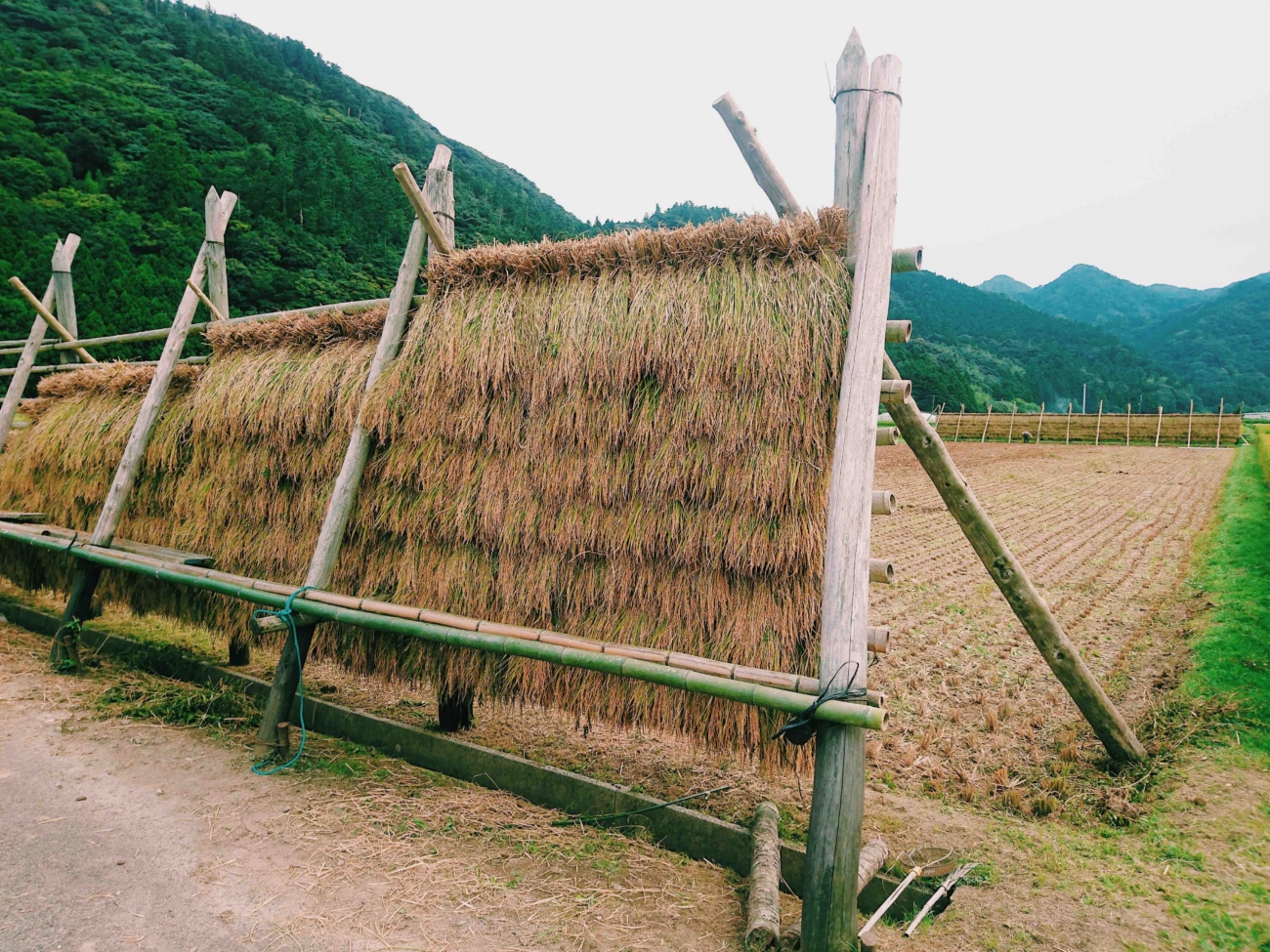Activities and Tours
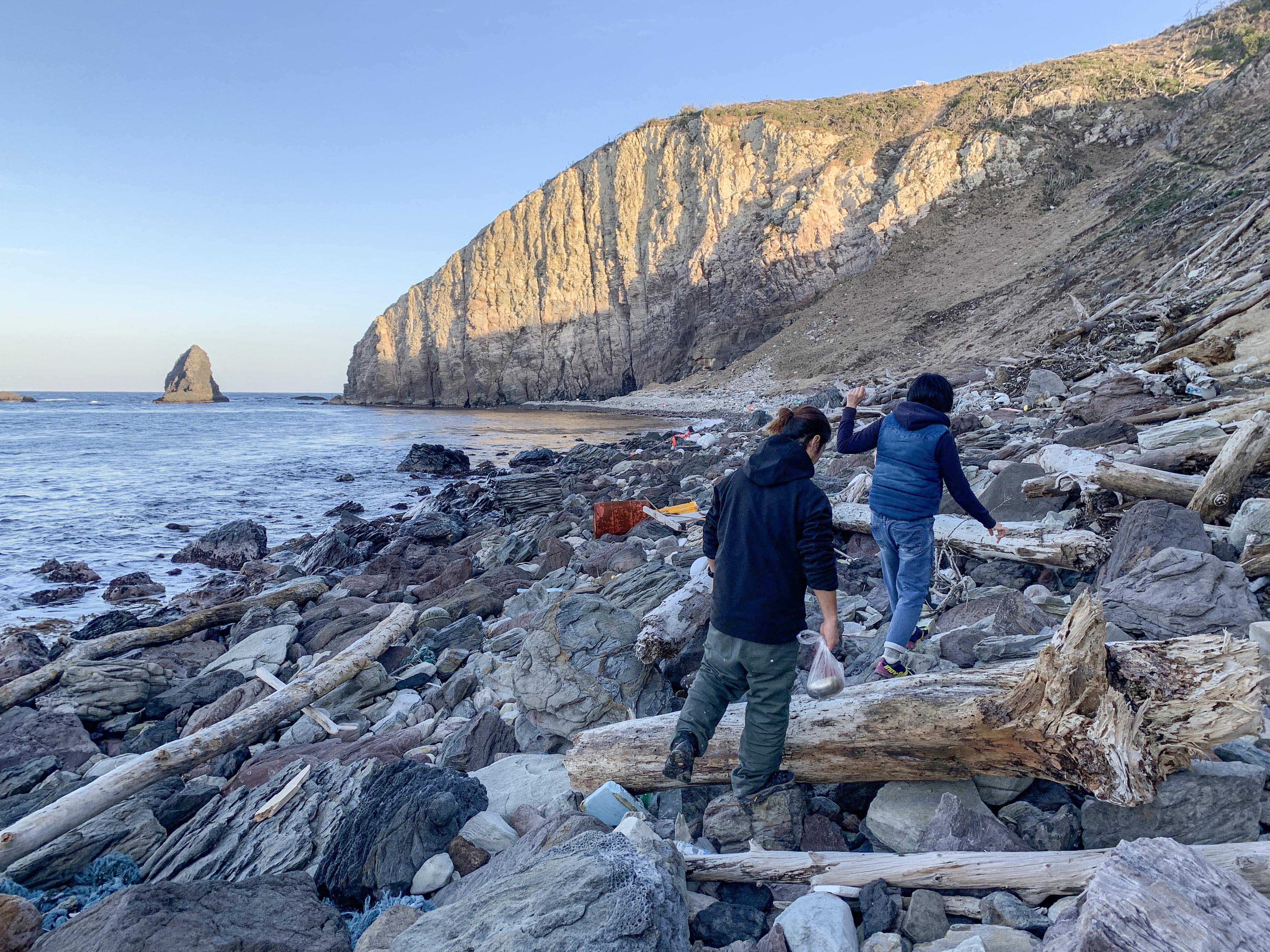
Whether you’d like to enjoy the great outdoors or the islands, or would like to take part in some arts and crafts activities indoors, we have you covered! The guided hiking tours in Okinoshima Town will bring you to the northern tip of Dōgo Island, and Mt. Takata where you can see the Dōzen Islands floating on the horizon. You can also learn more about the geosites in Ama Town by joining the geotour, or walk around the town with a guide and discover more about the only island in Dōzen area with enough flatland to sustain rice fields. If you would like to go on a longer hike, the road to Mt. Akahage and Sekiheki (Red Cliff) on Chiburijima Island is something you must not miss; you can of course tackle the trail on an e-bike! Find out more about the trail here, pages 6-7 on our “A Pocket Guide to Outdoor Activities in the Oki Islands”.
*When you are out and exploring the islands, please be reminded that cattle farming is practised on the islands, and some sightseeing spots and trails are inside common pastures. Please maintain a safe distance from the cattle and horses (and racoon dogs), and keep an eye out on the hornets, as they are most aggressive during autumn!
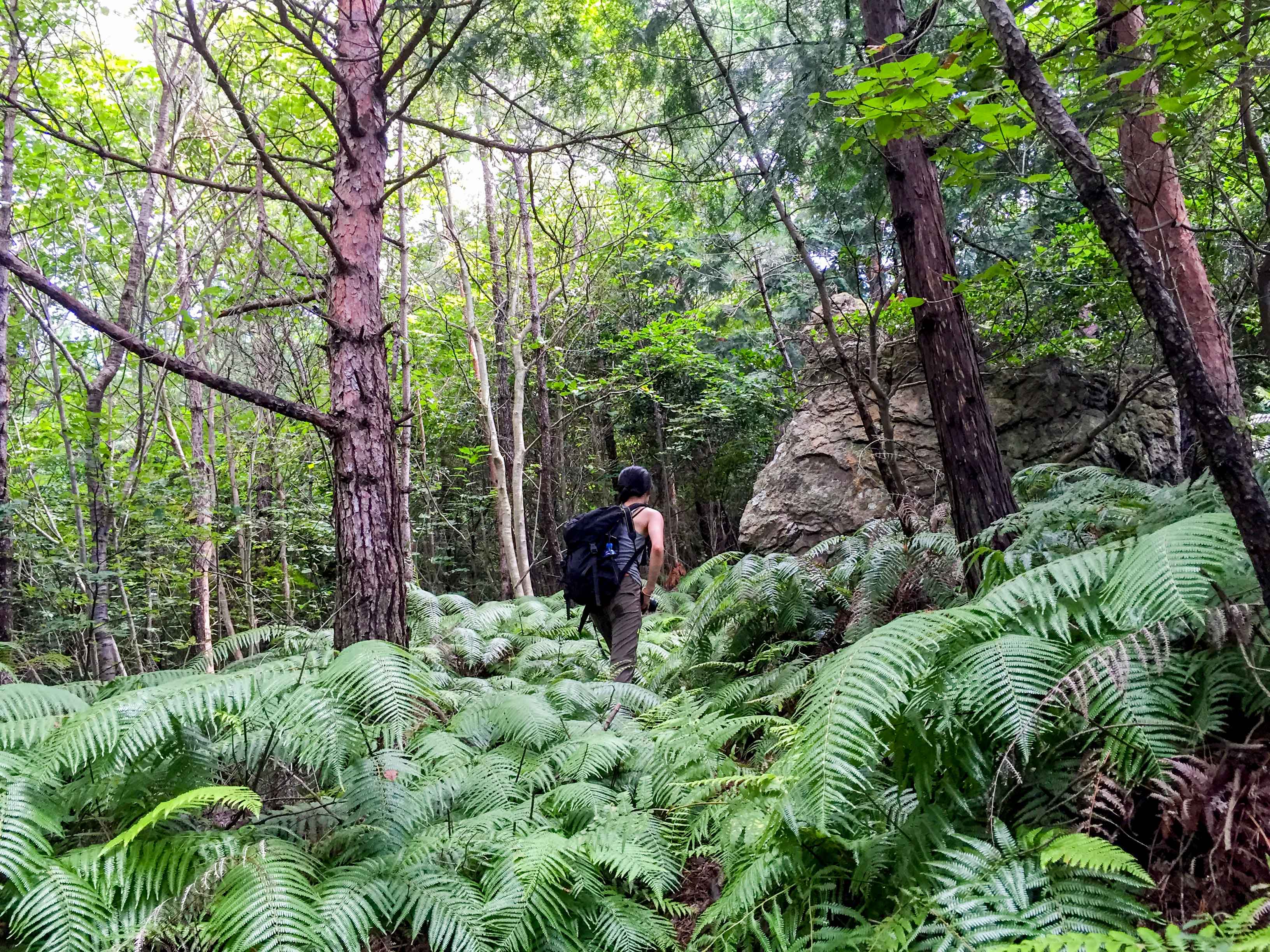
For those who are interested in Japanese cuisine, you can make your own Shichimi blend in Chibu Village! Shichimi is a blend of spices and other seasoning ingredients, and is widely used in Japanese home cooking. Pick your seven from the collection of seasoning ingredients and make your own blend! You can add it to your udon noodles, winter broth and pasta dish!
Seasonal Flowers
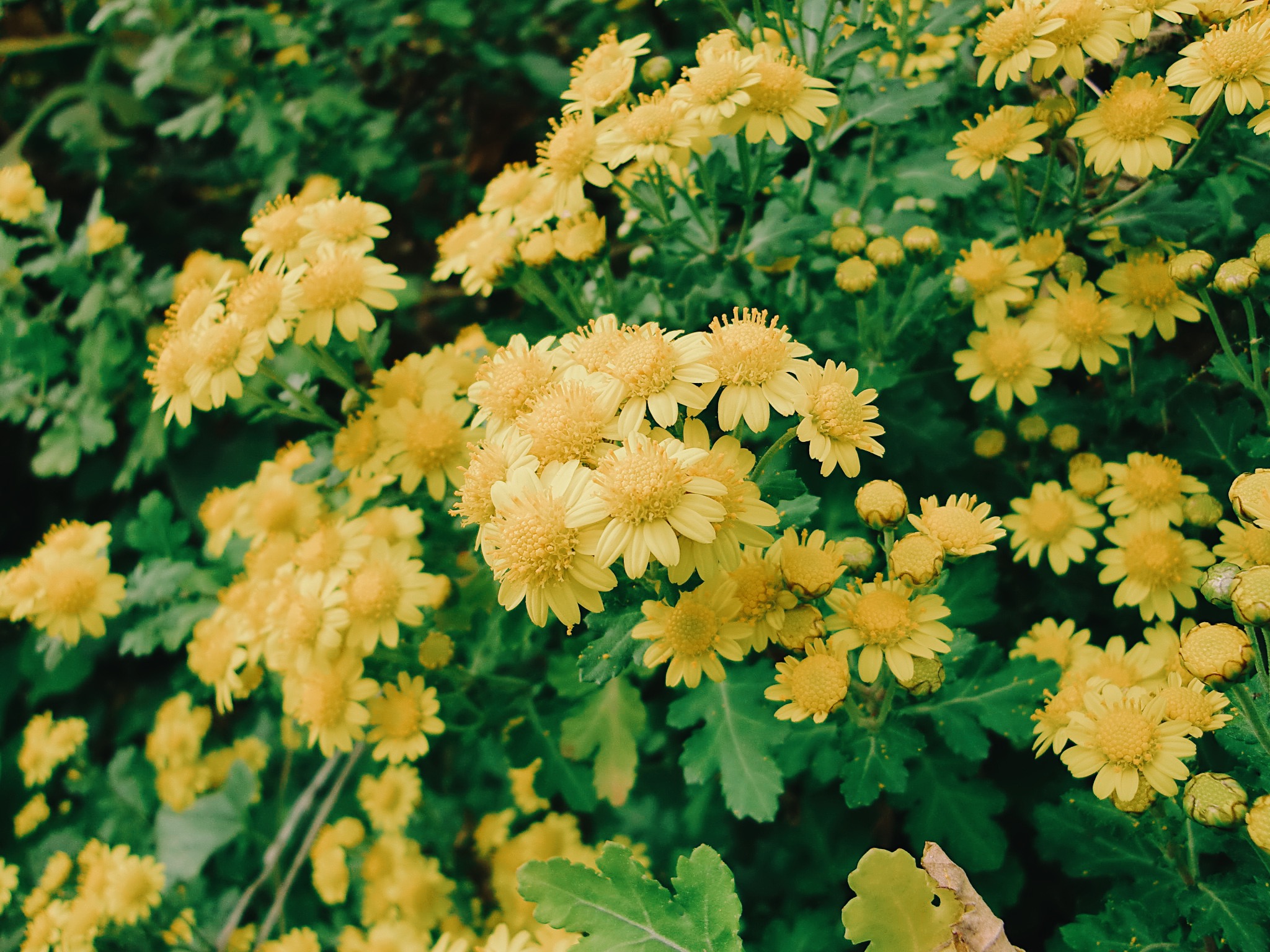
Autumn is a great time to visit, not because this is the opportunity for visitors to admire the beauty of the endemic Oki-no-abura-giku chrysanthemum (Dendranthema okiense), but also learn more about the formation of the Oki Islands from seashore spatulate aster (Aster spathulifolius). The Oki-no-abura-giku chrysanthemum and seashore spatulate aster are very small and delicate; keep an eye out when you are out exploring the coastline or the mountains! Touteiran speedwell (Veronica ornata) is another autumn plant that can be found on all the islands, in particular Chibu Village. The bluish-purple flowers are a pleasant sight, and are a must-see for everyone!
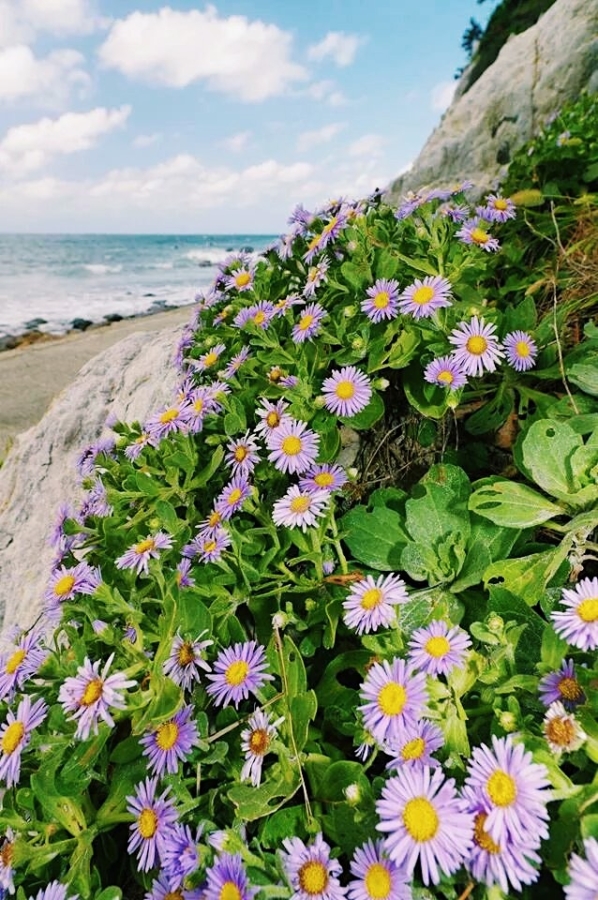
Festivals and Events
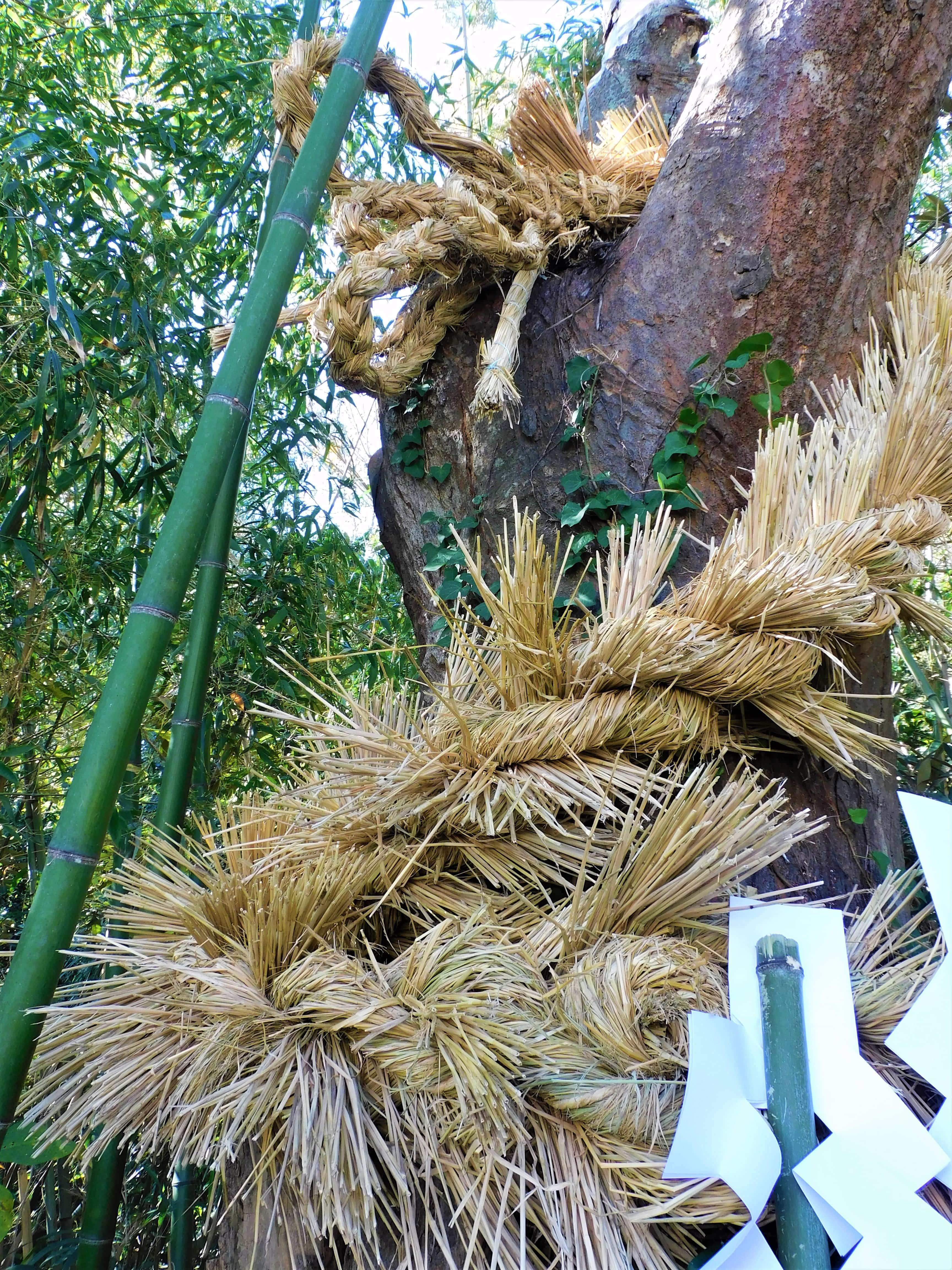
Compared to the dynamic summer festivals, the events in autumn are more laid back (but also very lively!). If you would like to learn more about the festivals and culture surrounding the events, or are afraid of breaking unspoken local protocols, we recommend hiring a tour guide! The guides will provide more insight and give you tips on how to enjoy your time here on the islands!
*Please enquire at the tourism office beforehand or check our social media for latest updates.
Oki Shrine Autumn Festival, Ama Town (14 October)
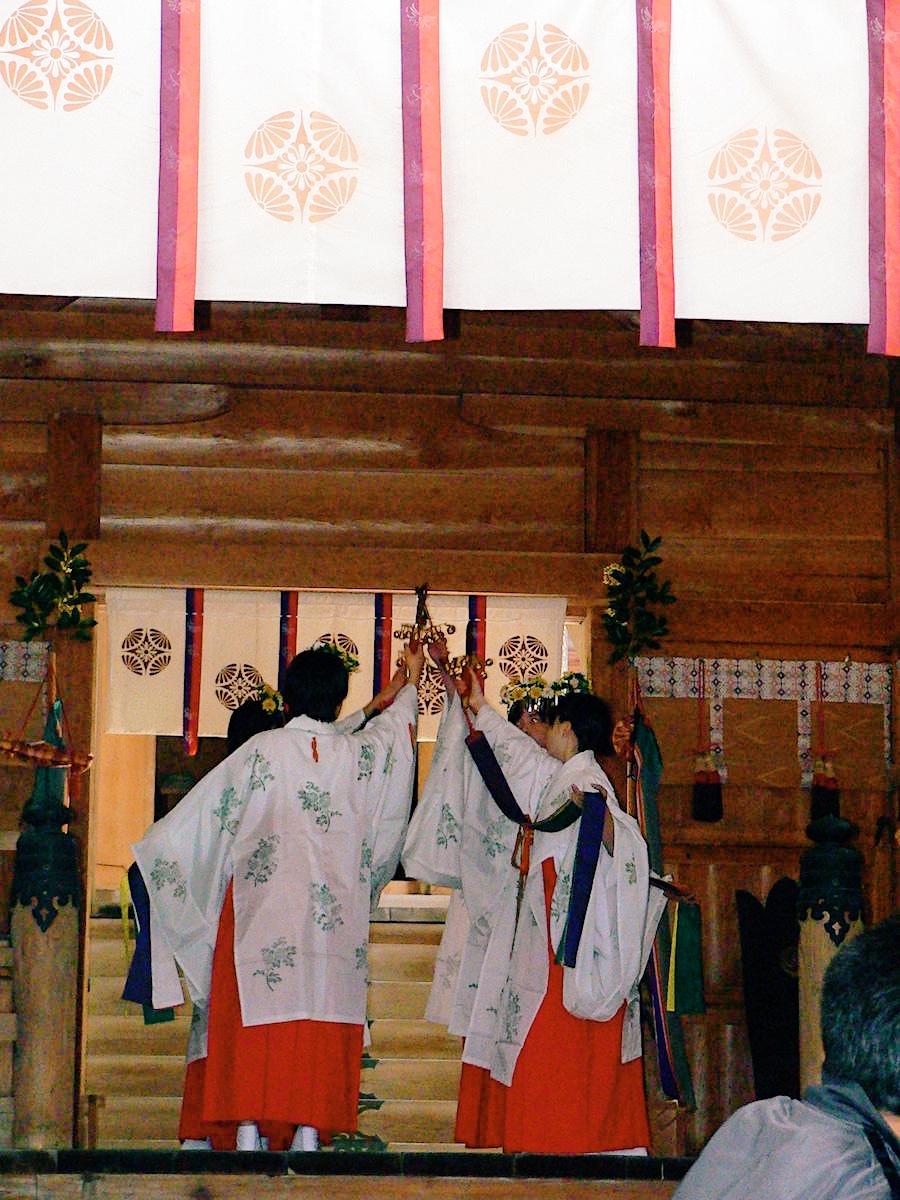
This annual event is dedicated to Emperor Go-Toba, who is enshrined in Oki Shrine. Emperor Go-Toba was exiled to Nakanoshima Island in 1221, after losing a power struggle with the shogunate. Emperor Go-Toba spent the rest of his life in Nakanoshima Island, and it is said that he lived in the area where Oki Shrine is located nowadays for 19 years before his death. “Jōkyū-gaku” Dance, a dance choreographed to one of Emperor Go-Toba’s poems and an Intangible Cultural Property of Ama Town, is performed as dedication. A dedicatory sumo tournament by local primary school students is also held, as Emperor Go-Toba was also enshrined as a deity of martial arts.
Niwa-no-mai / Shūhaira, Ninoshima Town (9 & 10 September, 2023)
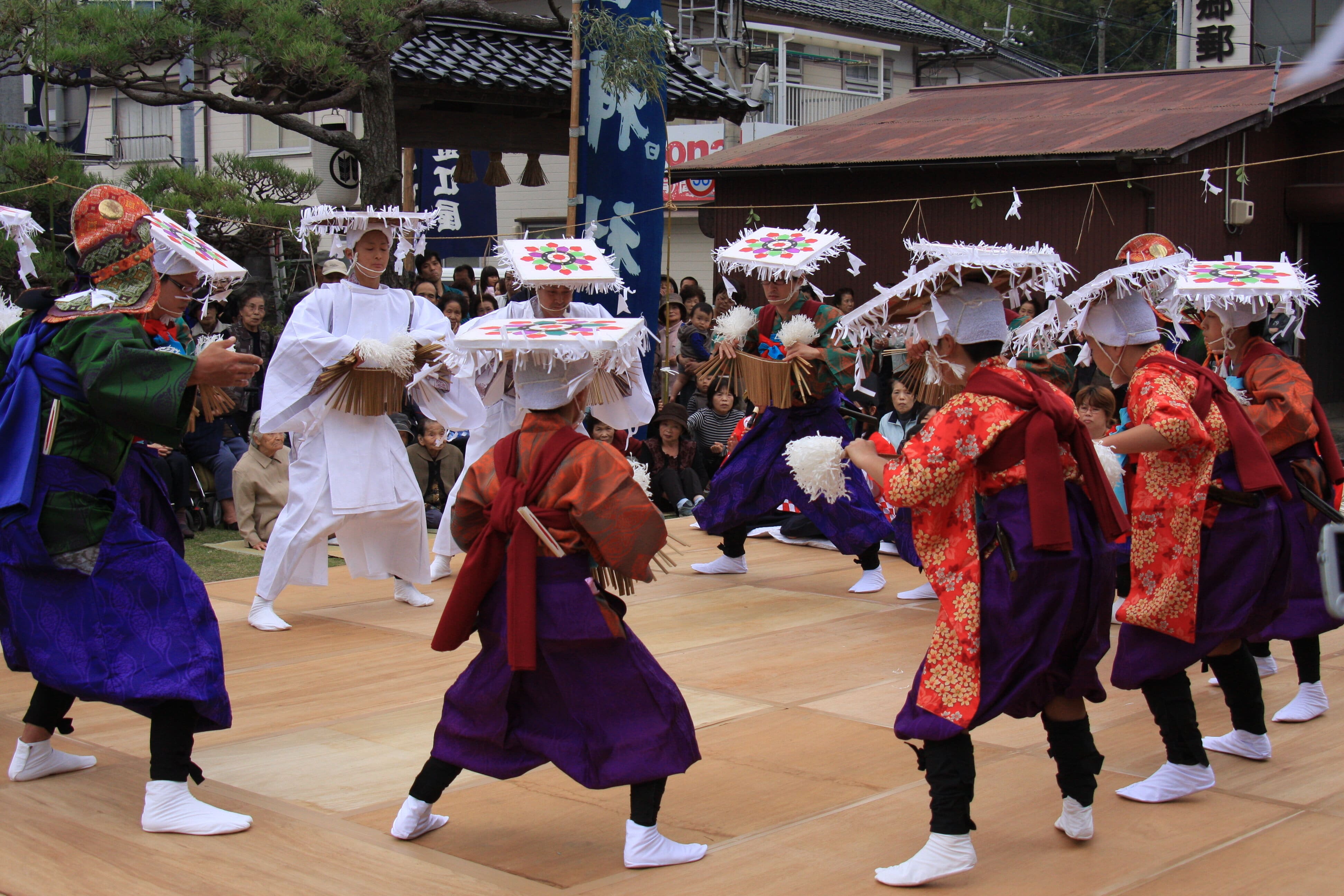
Shūhaira, a traditional Dengaku dance developed to celebrate and pray for good harvest, is performed every year in Nishinoshima Town. In odd-numbered years, the event is held at Mita Hachiman Shrine in Beppu area. In even-numbered years, the event is held at Hiyoshi Shrine in Uragō area. The costumes and dance moves of Shūhaira in Beppu / Mita area and the one in Uragō area look similar yet quite different. The dance is designated as an Important Intangible Folk Cultural Property in Japan, so don’t miss the opportunity to catch a glimpse of this tradition that has been handed down for generations!
*The dance is performed on an outdoor stage, so please bring a hat and some drinks with you. The venue is quite confined. Please refrain from making unnecessary noise at or near the venue, as it will disrupt the ceremony; but feel free to give the dancers a round of applause afterwards!
Jā-maki Ritual, Chibu Village (Late November)
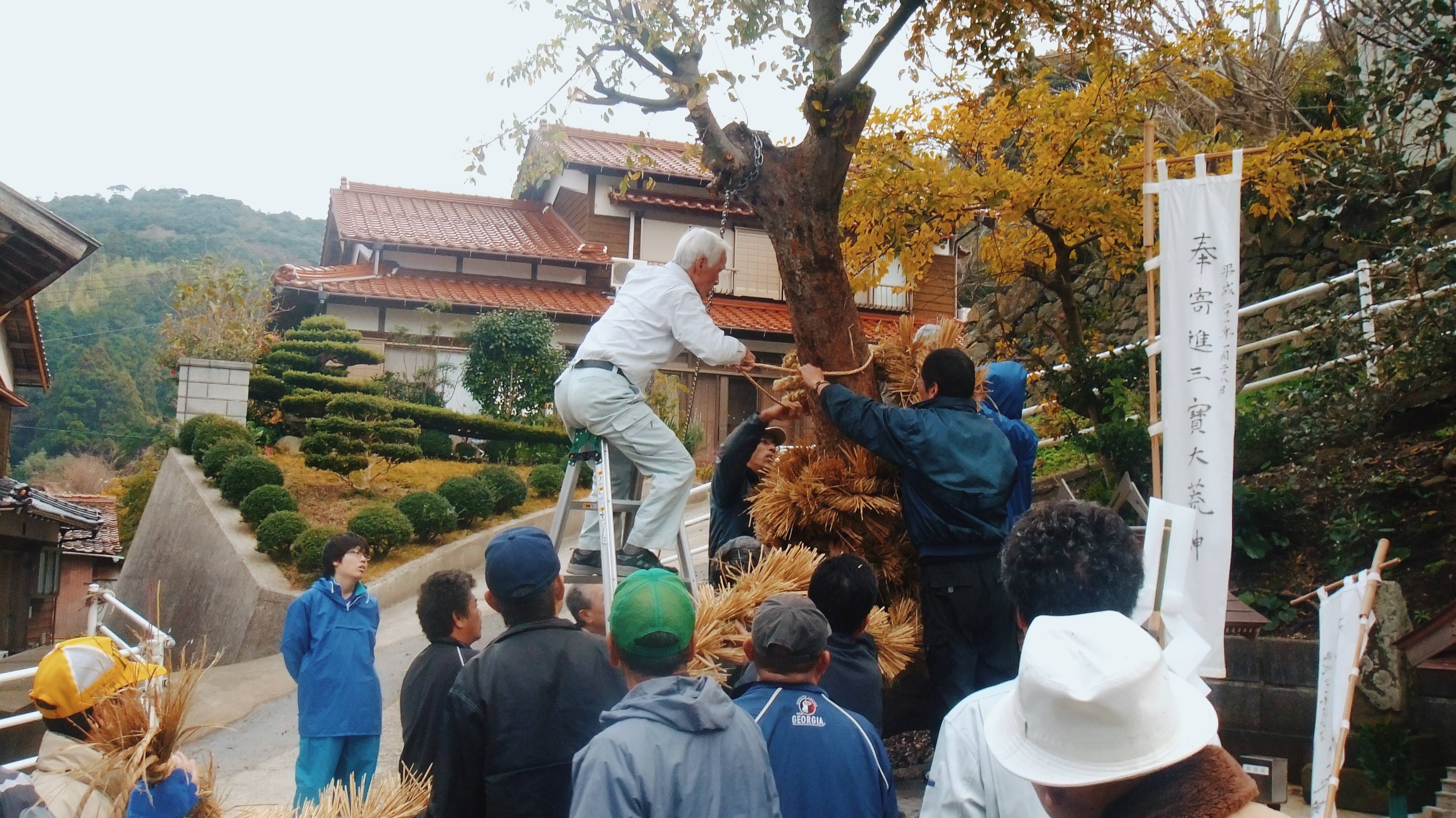
This ritual is carried out on the same day every year. The locals weave a “snake god” to pray for various things, such as to ward off evil spirits and pray for the prosperity of descendants. The locals gather at a venue in each area, and hand weave the straw snake together. After the snake is made, it is tied around a sacred tree in the area, and every year the locals make a new snake. Since there are 7 areas/neighbourhoods in Chibu Village, there are seven gigantic straw snakes! If you are interested in taking a look at the “snakes” after they are made, drop by the Chiburijima Tourism Association to get detailed information about the different locations.
Mini Jā-maki Straw Snake Weaving Experience is now available for booking. Join the local guide to see how straw snakes are made and discover more about this unique tradition.
Harvest & Thanksgiving Festival, Ama Town (November)
This is the event where you can indulge in delicious local food, harvested and produced in Ama Town! There is a ceremony at Oki Shrine where locally harvested vegetables and fish are offered to give thanks, and pray for another year of good harvest. Glutinous rice cakes, “mochi”, are also offered to the deities. After the ceremony, the mochi rice cakes are thrown to the gathering crowd outside the hall of worship. On the day of the event, there will be food stalls selling appetising dishes created using local produce, such as the acclaimed Oki Beef!
The Weather and What to Wear
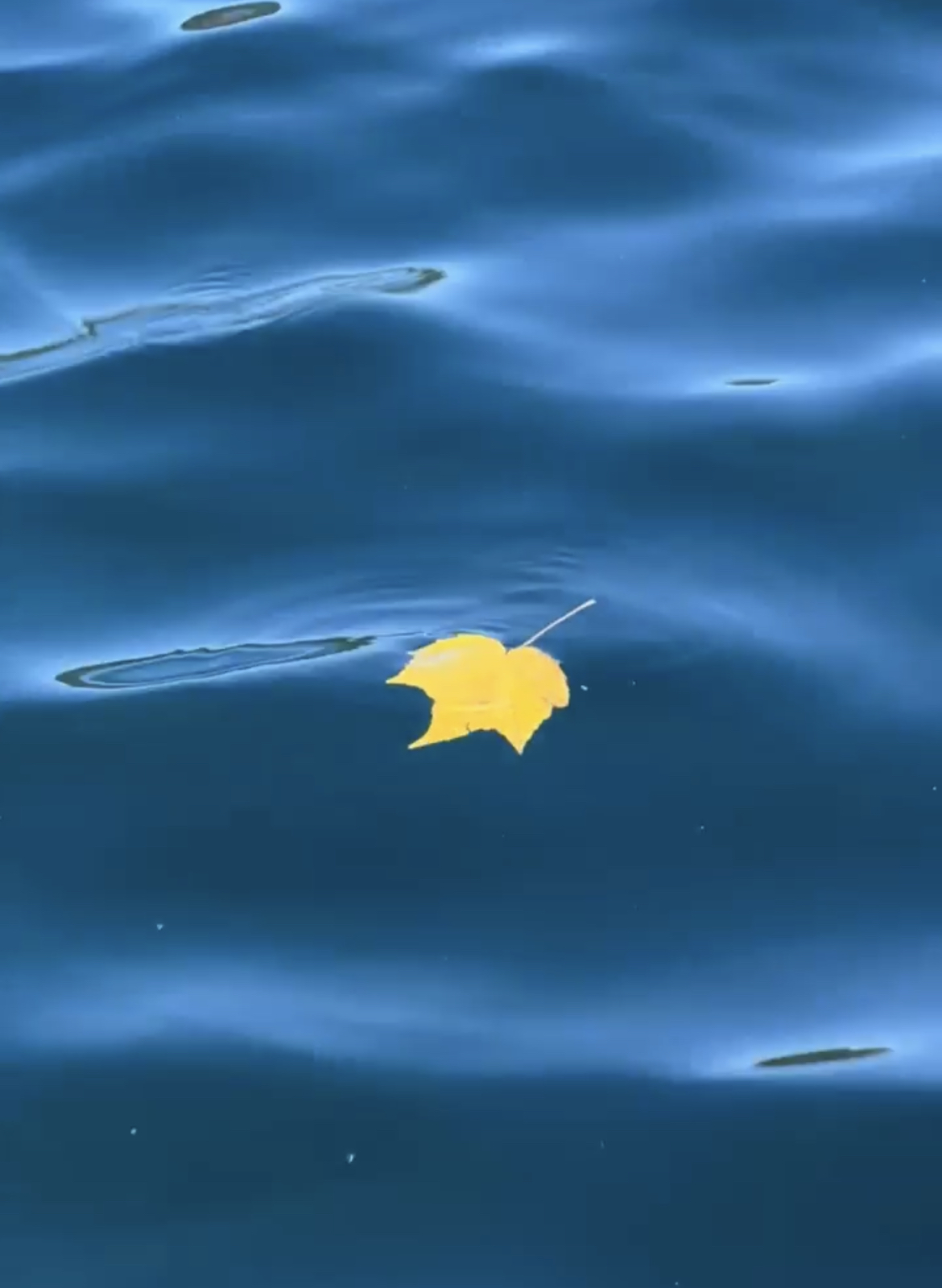
Sandwiched between the scorching summer and windy winter, autumn is relatively short here on the islands; early autumn is still quite warm but late autumn feels like winter has already arrived. The average temperature in September is 22℃, but it drops to 16.5℃ in October, and further down to 11.6℃ in November.
During early autumn, it can still be relatively hot in the afternoon. If you are visiting during this period, come with short-sleeved t-shirts, and bring a scarf or a long-sleeved shirt as an extra layer. We do recommend wearing long trousers throughout the year, especially if you are going to go on a hike, to protect your legs from potential scrapes and mosquito bites. If you are planning to visit after September, we recommend packing an outer layer which is windproof, as it gets much windier later in the year.
Occasionally, the typhoons in September and October hit the islands directly. Typhoons bring heavy rain, strong wind and high waves to the islands. For safety measures, the ferries, large and small, will be cancelled in adverse weather. Stay up-to-date with the weather reports and make changes to your itinerary when necessary. And oh yes, don’t forget to pack an umbrella or a raincoat!
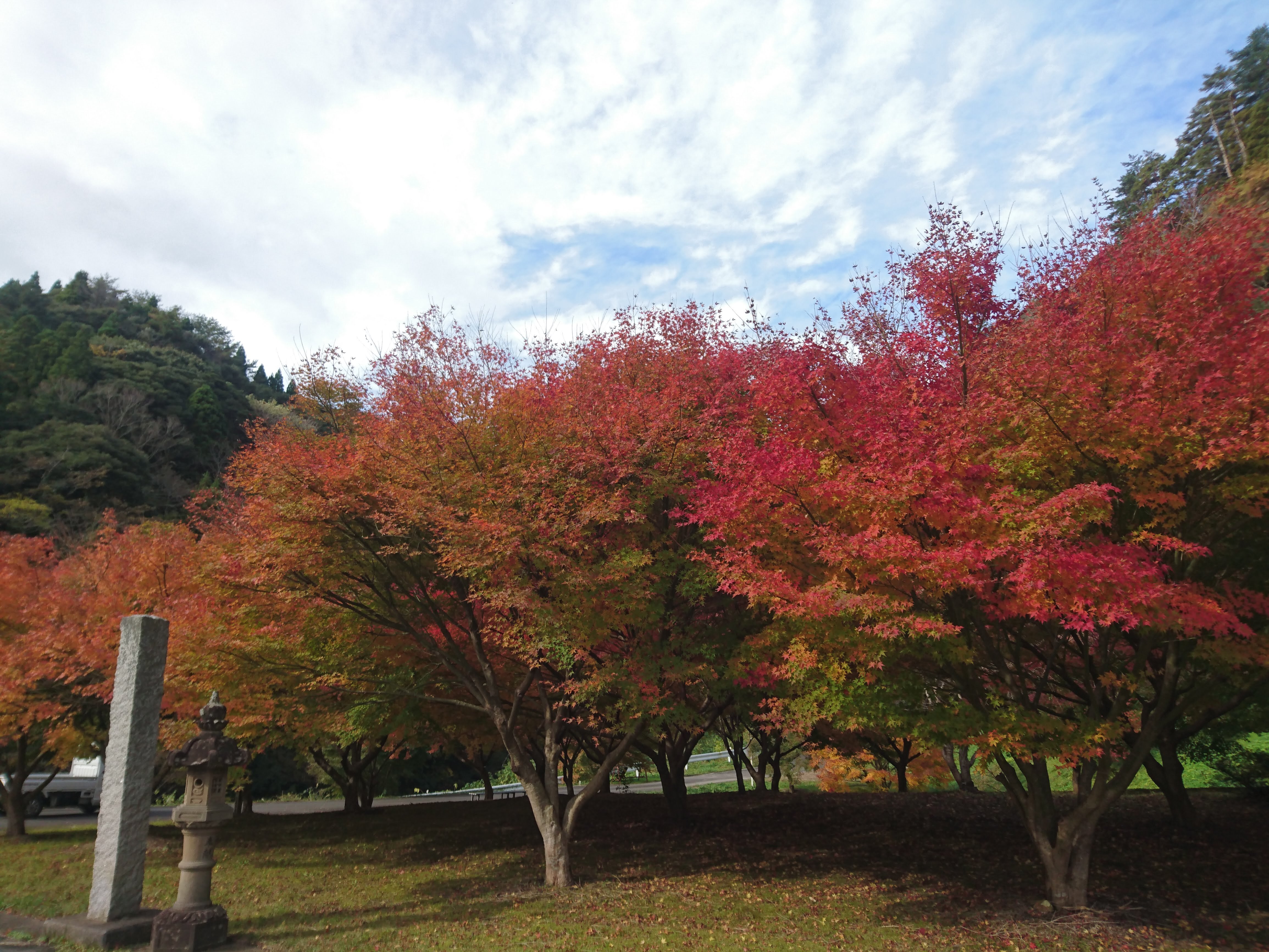
Special Note about Stinging Insects
Autumn is really the best time to go on a hike in the mountains here on the islands, as the temperature is just about right and most of the time, you will be able to catch a glimpse of mainland Japan from a good number of locations. But at the same time, autumn is also the time when hornets and wasps are most aggressive. Hornets, aka “suzume-bachi”, can be as big as 5-6 cm. Paper wasps, aka “ashinaga-bachi”, have long legs and fly as if they are floating. They are probably not the most “interesting” wildlife you would like to run into when you are out exploring the nature of Oki. However, they are also our local inhabitants, and encounters with them are close to inevitable. There are many ways to protect yourself from hornets and wasps, and here are a few tips:
– Avoid wearing dark-colours. Wear long-sleeved clothes and long trousers.
– Avoid wearing scented products, such as perfume and scented deodorant.
– If you see a wasp or hear one, remain calm (I know this is not an easy task!) and quietly move away.
– The most important thing to keep in mind is: do not swat the wasp (and hornet)!
Read more about stinging insects and venomous wildlife here (pages 14-15 on our “A Pocket Guide to Outdoor Activities in the Oki Islands”).
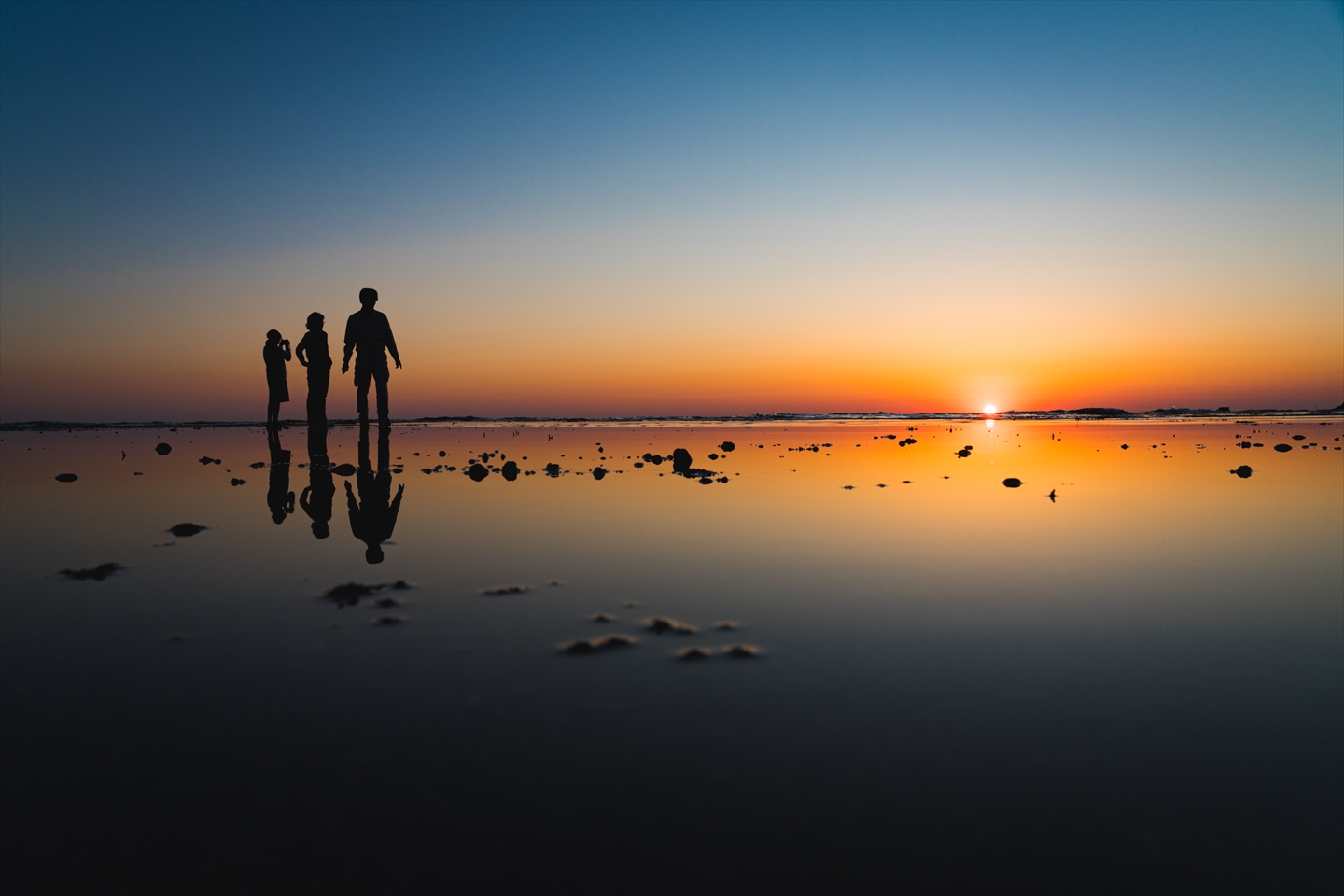
We love seeing your photos of Oki!
Share your photos with us on Instagram by using the hashtag #visittheokiislands and tag us @visittheokiislands to share your images and give us permission to repost!
Author: Cleo Wong

